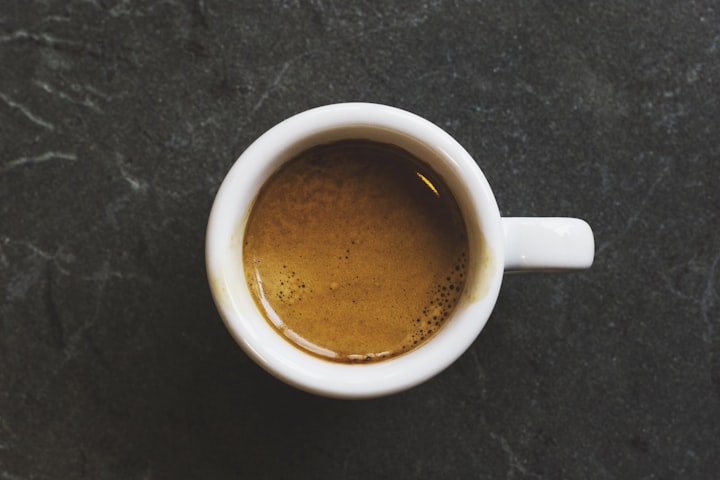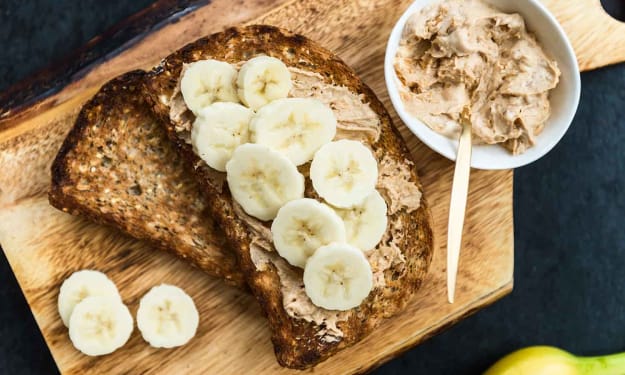
Increasing the amount of coffee: everything about making espresso Coffee will become the favorite dish of countless thousands of people around the world. Many of us wake up early in the morning to the invigorating taste of espresso. In fact, it can be a great start to the work day. Avid espresso drinkers simply cannot miss a cup of coffee in many situations of the workday - in between doing work. A cup of strong, scalding espresso not only wakes us up, it helps us keep our electricity going throughout the day.
Coffee drinks of any kind, be it plain coffee, espresso, latte, cappuccino or other specialty espresso, are well prepared from beans in an espresso machine. Coffee crops, the seeds (beans) of which give espresso, are grown on a significant scale in several regions of your environment. About seventy countries around the world from Indonesia to Brazil grow espresso. Typically, areas of your natural environment that lie within the Tropic of Capricorn and the Tropic of Most Crayfish will be relevant developmental details for coffee. The Espresso Escalation Belt includes locations across the Equator, the Central US, the US North and South, Africa, India, Indonesia, the Middle East, and the Hawaiian Islands.
Growing Species of Espresso Plants The espresso plant is certainly a humble and evergreen tree. Growing espresso will just take up space on the plantations. This includes a labour-intensive system that is additionally dependent on agriculture. Because of this, growing espresso is much more suitable for growing people living in equatorial regions.
The main espresso varieties grown commercially are usually Arabica and Robusta. Arabica coffee beans make up about seventy percent of all espresso produced, although the rest is made up of Robusta espresso beans. Arabica is commonly used as the best espresso. However, there are usually differences (from large to lousy) in regards to the Arabica coffee standard. Because of this, in some cases, Robusta beans may well be among the most popular Arabica beans. Last but not least, it goes without saying that it can definitely be specialist expertise that can be required to select which beans are right for your coffee makers and espresso machines to help make the right espresso, latte and cappuccino drinks. .
Some additional espresso features
The equatorial climate is best suited for growing espresso. The choice of temperature from 15 to 24 degrees Celsius without sharp fluctuations is sweet for espresso.
Well drained, fairly well aerated and deep soils are ideal for growing espresso. Espresso crops require a lot of oxygen for their root patterns. For this reason, aerated soils are especially suitable for growing espresso.
The required amount of precipitation is in the range of 1500 mm to 2000 mm for every 12 months. If the annual rainfall in the expanding espresso area is below this level, a shortage must be taken care of in order to produce funds for irrigation.
Excellent espresso is grown at significant altitudes (above 3,000 feet above sea level) wherever there is a lot of fog and clouds. Given the fact that there is much less oxygen in the air at high altitudes, the espresso crop takes longer to mature, which enhances the flavor of the beans (seeds) found only in its fruits (cherries or berries). The soft, diffuse mist and moderate breeze blowing from above contribute to a wonderful espresso experience.

Robusta or canefora espresso, which make up the majority of espresso brewed at low altitudes, is generally considered to be more disease resistant than the espresso crop. However, Arabica coffee grown at considerable altitudes is valued for creating a proper gourmet coffee consumption.
Coffee Escalation It can be challenging to imagine that an espresso, latte, cappuccino or other specialty coffee that will be produced with espresso machines or espresso machines will be produced in your coffee production facility that has long outgrown numerous volumes. Espresso escalation. In fact, the whole process of speeding up the preparation of espresso requires thorough cleaning.
The propagation of the espresso plant is carried out using seeds or cuttings. They are grown in exclusive nurseries. If the seedlings reach eight and twelve months of age, they are really transplanted into open ground. Down below, throughout the industry, work is done, cuttings or seedlings are planted in moist, fertilized holes.
Espresso trees require frequent fantastic care, especially young varieties. The correct level of daylight dimming (or light light) should be provided, as well as frequent watering and initial top dressing. Protection against pests and weeds is usually required.
It always takes about five years for an espresso tree to improve and produce its original yield. Trees with broad uninteresting natural leaves bear bouquets reminiscent of jasmine. These espresso flowers bloom over a period of six to 8-7 days, and the time from bloom to harvest can last up to about nine months or so, depending on the number of sets and other factors. Purple espresso fruits (or cherries or berries as they are called) will experience 6 to 8 months after the tree begins to bear fruit. It is important to harvest frequently because the espresso fruit is more than 10-14 times more ripe. Manual harvesting is usually resorted to because it is easier and best suited for harvesting in mountainous areas compared to mechanical harvesters.
Having said that, it may seem surprising but real that just one tree, when pruned, can produce enough beans for just two kilos, or perhaps a kilo of coffee. That's about 2,000 espresso beans. These beans are harvested by hand by workers. Buying espresso beans can require a lot of talent, given that the picker must understand that only the very best beans need to be selected, and low-quality beans must be discarded when searching. The desire must be secured to each individual bean from bean through the bean collection strategy.
Shortly after harvest, you will want to start processing your selected coffee beans or beans. This may be to help make absolutely sure the pulp doesn't go bad. The entire process of processing espresso beans, such as drying and roasting, will ultimately do everything it takes to make pure espresso in your home or espresso machine. Thus, from a stop, full cups of beautifully aromatic delicious espresso, latte, cappuccino or other favorite coffee drinks will be prepared for you individually.
Thank you So much for you to reading till the end, and please kindly to support me as you could, I would be appreciate it. Have a great day:D
About the Creator
Eful
Hi there, I am Syaefullah Nur from Indonesia. I am reader and now I try to providing my best articles for you guys. Enjoy it;)






Comments
There are no comments for this story
Be the first to respond and start the conversation.